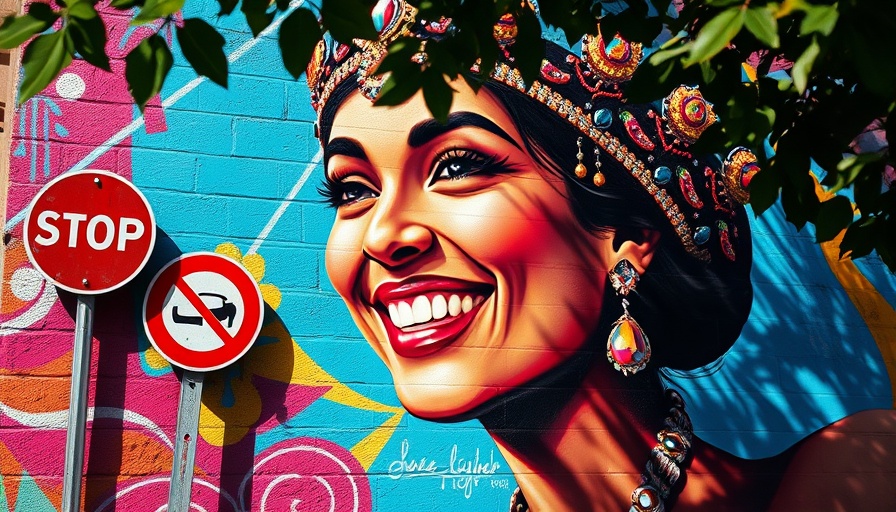
Exploring Public Safety and Community Interaction in San Francisco
The issue of loitering in urban spaces, particularly at the intersection of Folsom and 24th Streets in San Francisco, highlights a pressing community concern that intertwines public safety with social dynamics. Photographs recently posted by local photographer David Chalk illuminate moments in this particular neighborhood, raising deeper questions about what loitering signifies in today's civic landscape.
Why Loitering is More Than Just a Simple Issue
Loitering often brings varying perceptions and emotions, especially in urban environments. For some, it can mean gathering spaces where community members come together. For others, it signals reduced public safety and can contribute to a feeling of unease. In our bustling San Francisco neighborhoods, striking a balance between these perspectives is essential. Community forums and city council initiatives have emerged, seeking to create an open dialogue about public spaces and the feelings they evoke.
The Implications for San Francisco's Identity
San Francisco prides itself on its vibrant community and cultural diversity. Yet, moments captured in areas like Folsom and 24th Streets underline the challenges cities face in maintaining both safety and community spirit. Discussions surrounding loitering extend into larger conversations about homelessness, poverty, and how each neighborhood can provide inclusive environments for its inhabitants.
How Local Initiatives Are Addressing Community Concerns
City council decisions are crucial in fostering a sense of safety while considering the emotional weight of loitering. Neighborhood initiatives aimed at creating more accessible spaces for local businesses and community events contribute positively to reducing tension surrounding loitering. Increased collaboration with organizations focused on public safety can also help address these dilemmas comprehensively.
Real-Time Updates on Public Safety Measures
For those wanting to stay informed about community developments in the Bay Area including public safety measures and local crime reports, embracing real-time updates is critical. Online platforms can provide necessary insights, allowing residents and stakeholders to engage effectively with issues affecting their neighborhoods. Such engagement not only informs but also empowers community members to advocate for the changes they wish to see.
Concluding Thoughts: Building a Safer Community
As we navigate conversations about public safety in vibrant locales like San Francisco, it’s vital to recognize the multiplicity of community experiences. The recent photographs serve as a catalyst for further dialogue, compelling city residents to reconsider the dynamics of loitering and its implications. Each voice in the community contributes to fostering understanding and promoting inclusivity. For families, solos, and groups from diverse backgrounds, the call to balance safety and community spirit remains integral to enriching San Francisco's identity.
 Add Row
Add Row  Add
Add 




 Add Row
Add Row  Add
Add 

Write A Comment